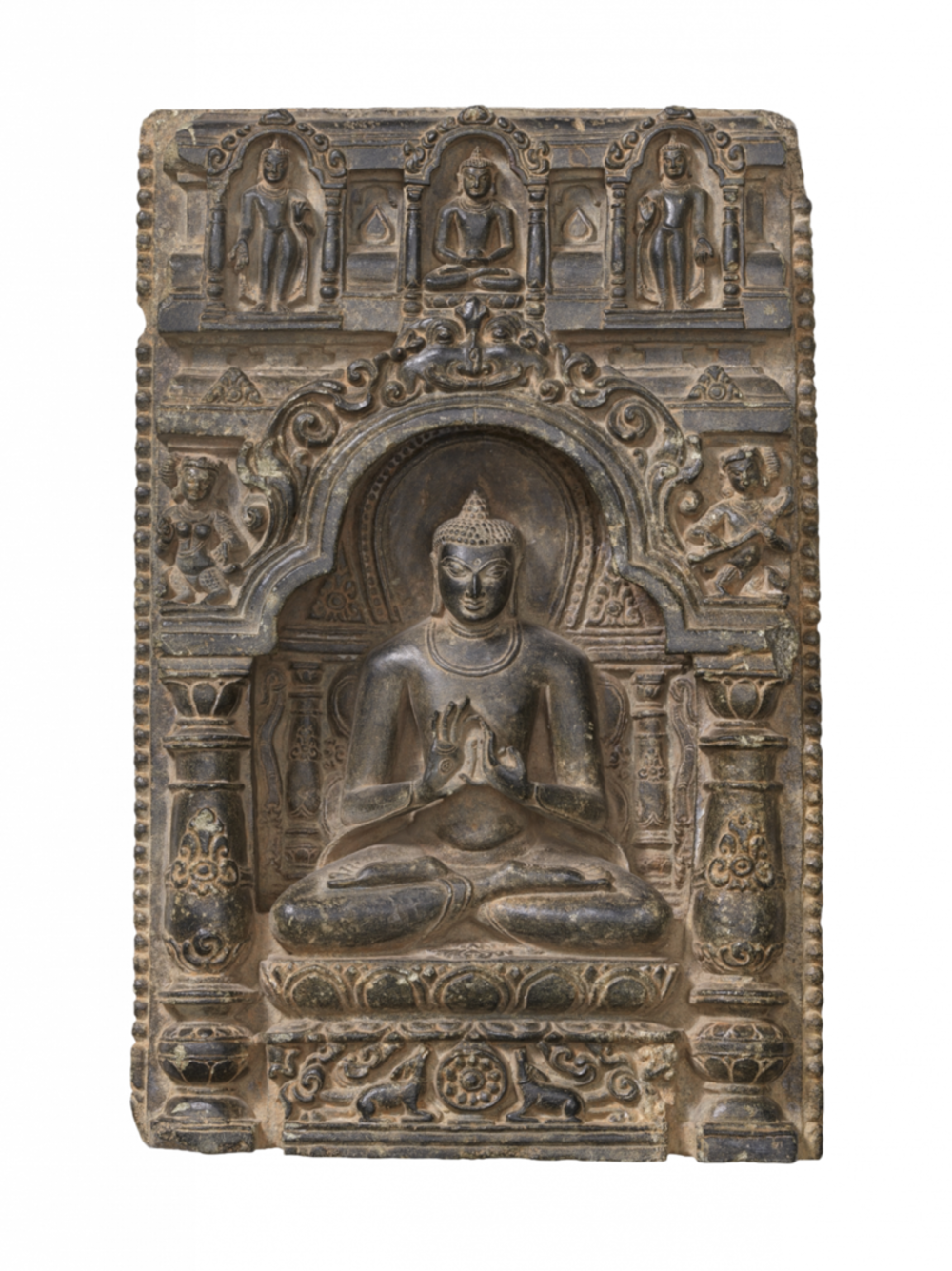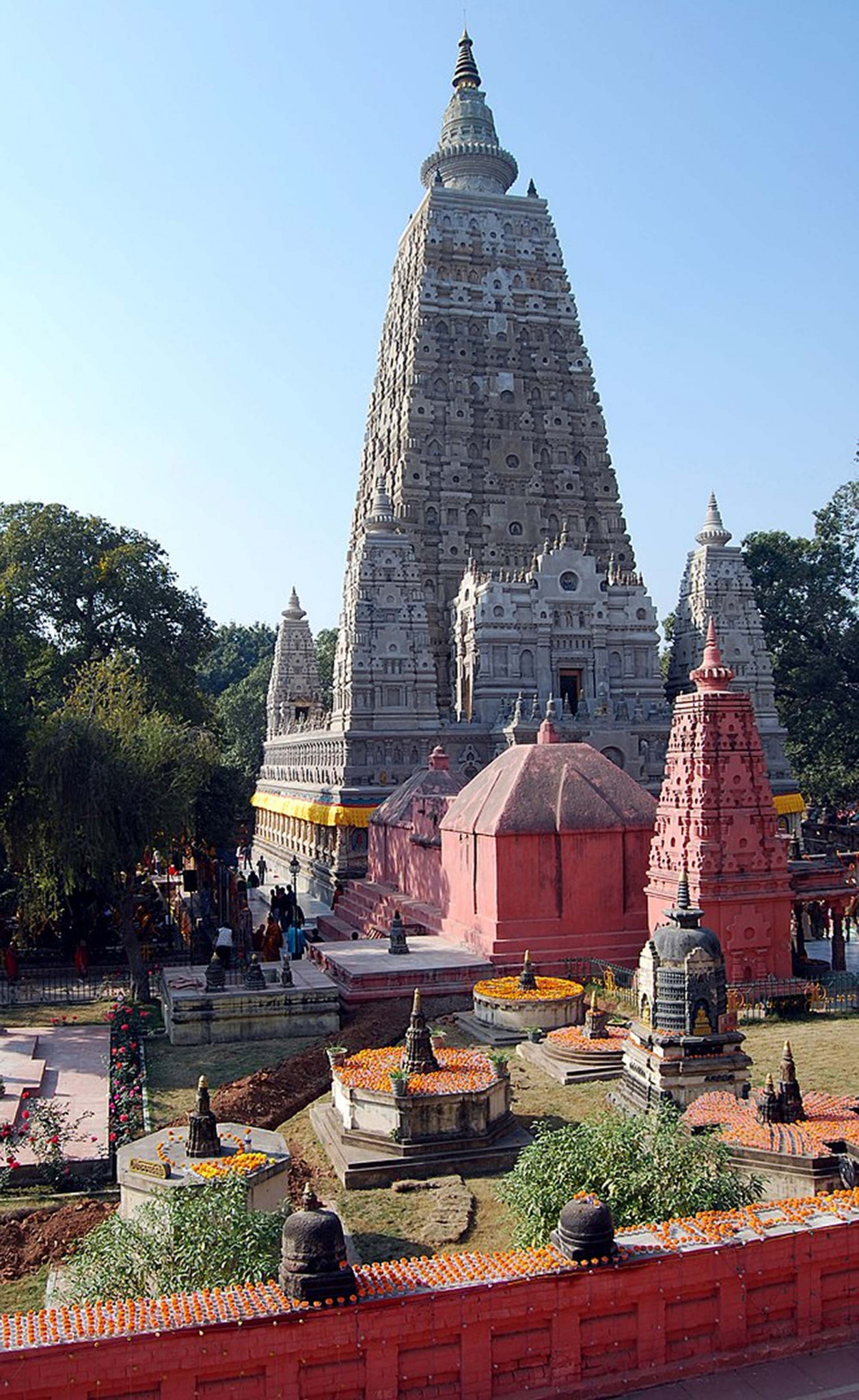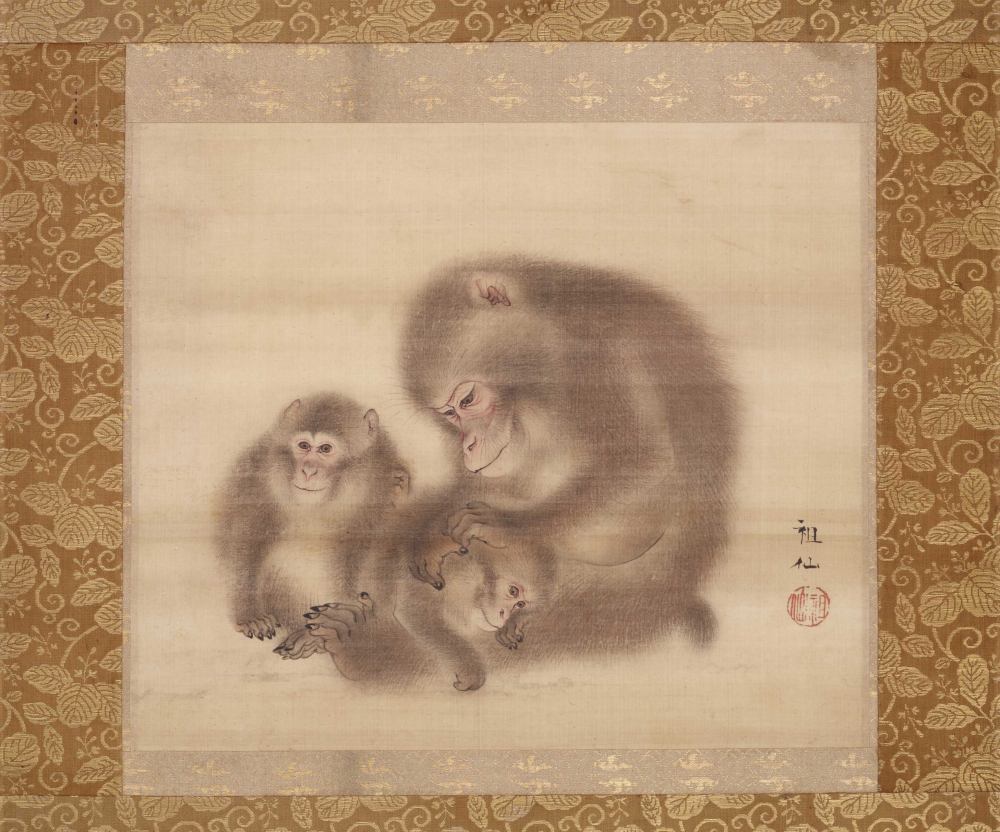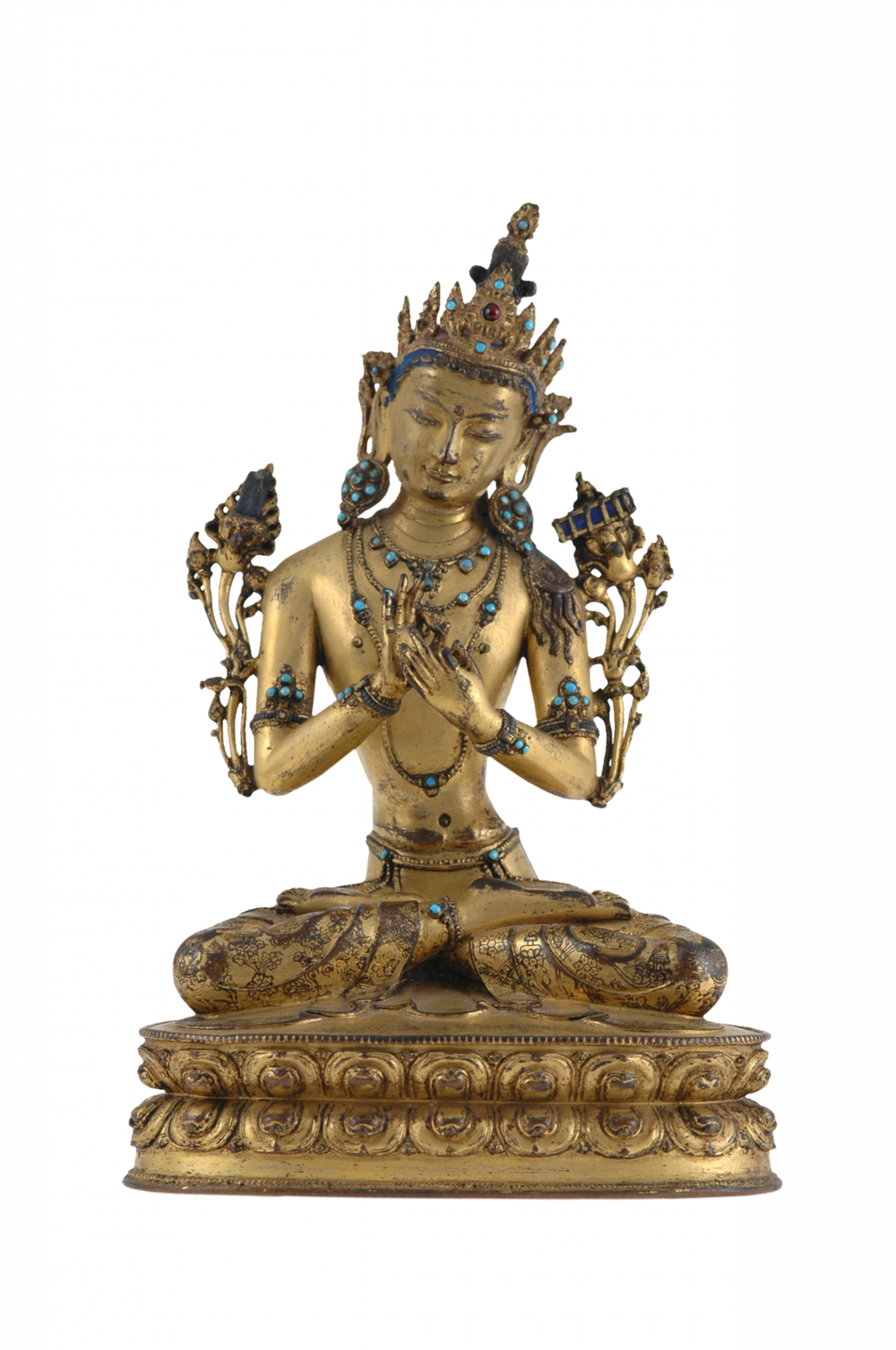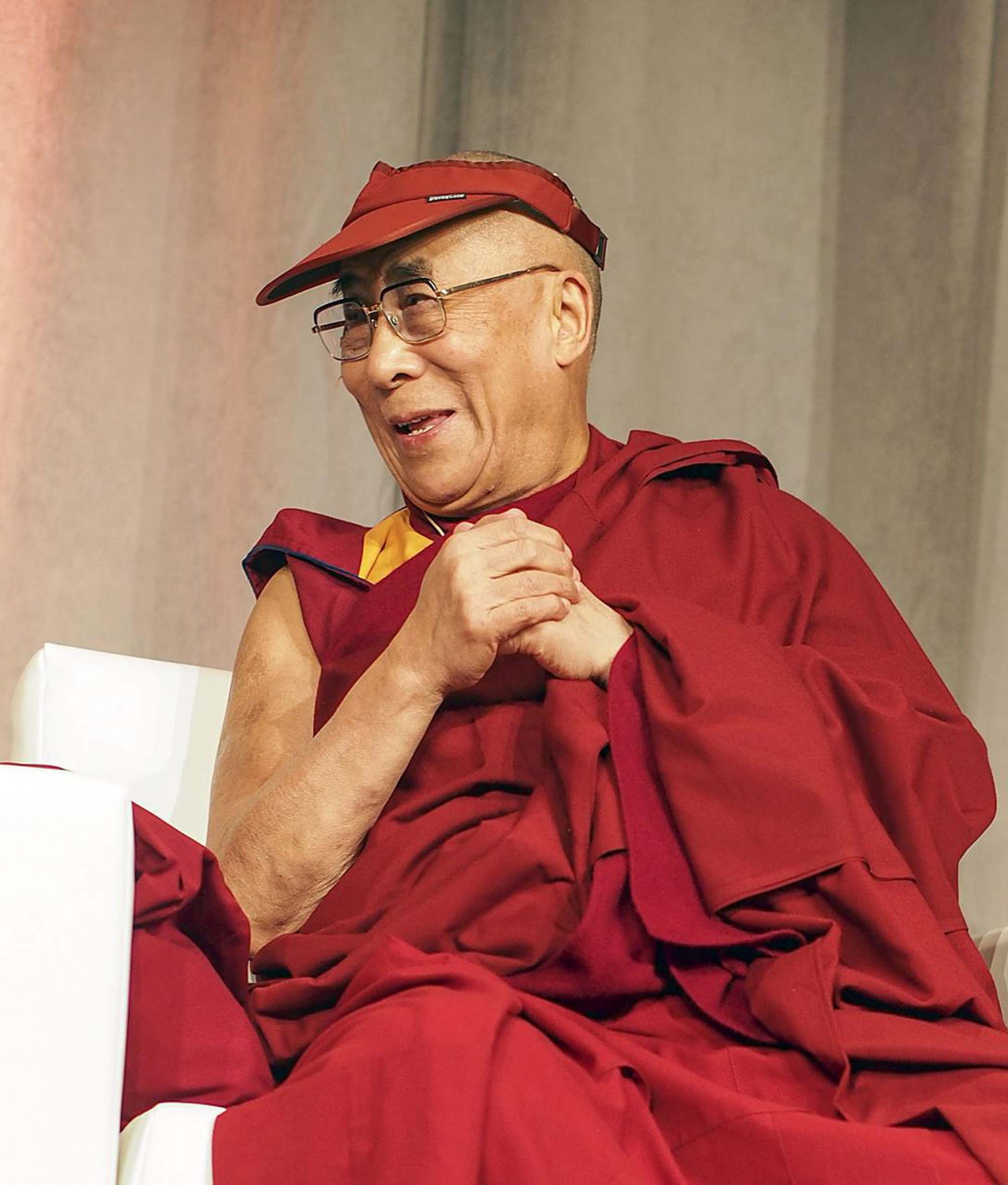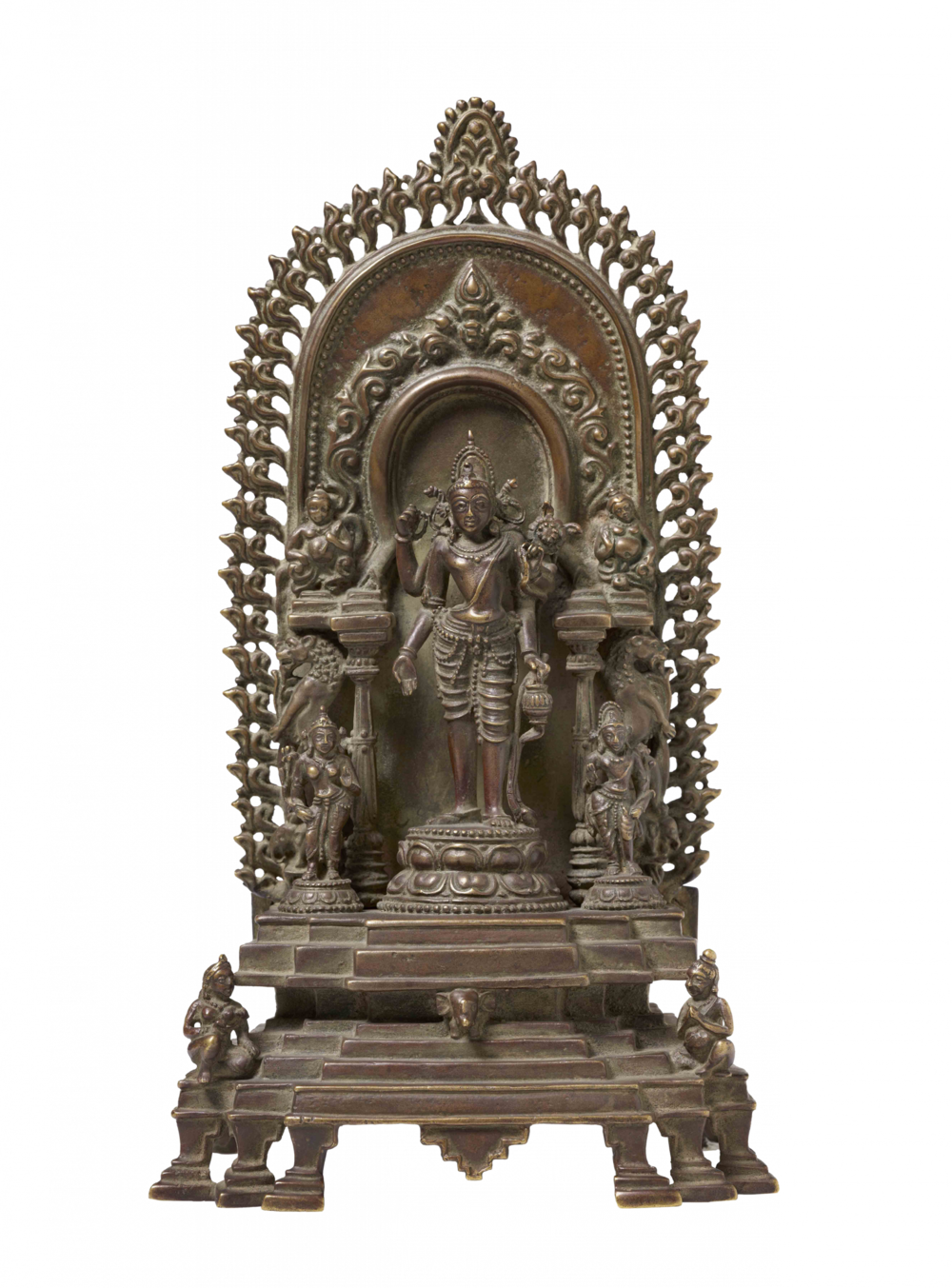According to Buddhist tradition, the Buddha, after years of meditation, went to sit under a peepul tree where he attained awakening. With awakening came insight into the true nature of reality. The Buddha formulated these insights in four statements, which he called the “Four Noble Truths”.
At the core of his understanding was the observation that life intrinsically means suffering (1). He named the causes of suffering (2) and stated that it was possible to overcome suffering (3). Finally, he offered a means to achieve this goal: the Noble Eightfold Path (4).
The Buddha proceeded just as a doctor would: he diagnosed the ailment, defined the causes, and prescribed a remedy.
